LATIN AMERICAN
Latin American (often referred to as Latin) dancing today can represent social and competitive dancing and covers a number of partner dances following different musical styles and timings. Latin dances are commonly danced to contemporary Latin American music and (in case of Jive) Western music. With the exception of a few traveling dances (the Samba and Paso Doble), couples do not follow the line of dance (anti-clockwise direction of dance around a dance floor) but perform dance sequence more or less in the same smaller area.
The International Latin consists of five dances:
Rumba - this dance came to the United States from Cuba in the 1920s and became a popular cabaret dance during Prohibition. Rumba is a ballroom adaptation of Son Cubano and Bolero (the Cuban genre) and, despite its name, it rarely included elements of Cuban Rumba. It does include Cuban motions through knee-strengthening, figure-eight hip rotation, and swiveling foot action. An important characteristic of Rumba is the powerful and direct lead achieved through the ball of the foot.
Cha Cha Cha - was developed by Enrique Jorrin in the early 1950s, as a slower alternative to mambo. Cha-cha-cha is a flirtatious dance with many hip rotations and partners synchronising their movements. The dance includes bending and straightening of the knee giving it a touch of Cuban motion and for the most part is a faster version of the Rumba with the addition of the chasse action between the check actions.
Samba - the national dance of Brazil, the rhythm of samba and its name originated from the language and culture of West African slaves. In 1905, samba became known to other countries during an exhibition in Paris and in the 1940s, Samba was introduced in America through Carmen Miranda. The international version of Ballroom Samba has been based on an early version of Brazilian Samba called Maxixe, but has since developed away and differs strongly from Brazilian Ballroom Samba, which is called Samba de Gafieira. International Ballroom Samba is danced with a slight bounce which is created through the bending and straightening the knee.
Paso Doble - originating from Spain and its dramatic bullfights, the dance is mostly performed only in competitions and rarely socially because of its many choreographic rules. The man plays the role of the Matador while the woman takes the role of the matador’s cape. The Chasse Cape refers to the man using the woman to turn her as if she is the cape, and the Apel is when the man stomps his foot to get the bull's attention.
Jive - The jive has its origins from the Swing dance groups and is a very lively variation of the Jitterbug. Jive originated from African American clubs in the early 1940s and during World War II American soldiers introduced the Jive in England, where it was adapted to today's competitive dance style. In Jive, the man leads the dance while the woman encourages the man to ask them to dance. It is danced to faster swing or rock’n’roll music.
Latin dancing is based on structured technique and focuses on the learning and development of core elements such as being to emphasize the dancers' leg action, hip and body movements to demonstrate the different Latin American rhythms.
Check out our timetable for lesson times or to book a class click here
